Black Panther: Wakanda Forever Review
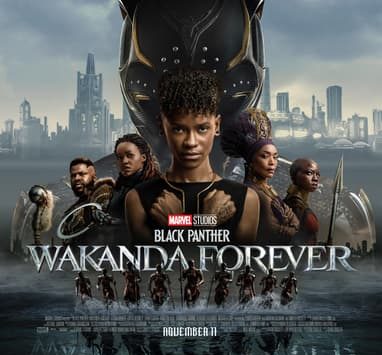
December 18, 2022
Marvel Studios’ Black Panther: Wakanda Forever is the most recent addition to Phase 4 of the Marvel Cinematic Universe. Starring Leticia Wright (Princess Shuri) and Tenoch Huerta (Namor), Wakanda Forever explores the solemnity of grief while creating an engaging story. Not only was this movie touching on grief within fiction, but also became a beautiful tribute to the late Black Panther actor, Chadwick Boseman.
The kingdom of Wakanda finds herself having to defend against a new and powerful foe shortly after King T’Challa’s passing. During this fight, old and new heroes come together to help protect Wakanda and her people.
If you have not watched this movie, go watch it, but be prepared to shed a few tears (I know I did). This movie has so many components that to catch them all, watching it once is not enough. One thing that I highly admired while watching the precursor, Black Panther, was the amount of cultural representation it provided. Ryan Coogler was so thorough in his process of ethnic authenticity. I felt connected to the characters on the screen and the culture they represented. Wakanda Forever had no shortage in this category: they brought cultural inclusivity to another level. Marvel is known for their immersive cinematography and imagery, and they did not skimp with this movie. I am genuinely transported to each setting of the film depicted, from a technologically advanced African city to a mysterious alluring underwater civilization. I am just so proud of this film and the actors who did an outstanding job.
SPOILERS!! IF YOU HAVE NOT WATCHED BLACK PANTHER: WAKANDA FOREVER AND DON’T WANT IT TO BE SPOILED, DON’T READ ANY FURTHER.
Similar to the real world, T’Challa’s death was caused by an illness that he could not overcome. Because of this tragic development, Queen Ramonda now assumes the throne, grieving both her husband and son. Meanwhile, we see Princess Shuri struggling to grasp herself in this new reality and facing internal guilt. All of this does not stop the ongoing issue of Wakanda’s safety and privacy. They have been, and continue to be, targets for their supply of Vibranium by greedy world powers. While being focused on the threats that come from above, Wakanda had no idea what was underneath them.
The audience is soon introduced to Namor, the king of Talokan also referred to as Kukulkan, known in Mayan mythology as the feathered serpent god. Many might recognize him from his long, stretching history dating back to the 1930s Marvel comics. The people of Talokan are a Mesoamerican-based tribe that migrated to the water in an escape from Spanish colonizers and the disruption they caused.
Namor voices his desire for Wakanda to retrieve the scientist that had created a device posing a threat to the underwater city. There is much in common between Wakanda and Talokan, being that they are both hidden cities that understand the history of dishonesty and violence of the surface world. Because of this, Namor and Queen Ramonda feel very strongly about protecting their people, but the king has a conflicting agenda.
Out of everything in this film, I want to highlight the significance of the casting. Familiar faces come back to join (Winston Duke, Leticia Wright, Angela Bassett, Danai Guiria, and Lupita Nyong’o), upholding the power and leadership in Wakanda, but we are welcomed with newcomers such as Dominique Thorne (Riri/Ironheart), Tenoch Huerta (Namor), Mabel Cadena (Namora), and Alex Livinalli (Attuma). Each one of these actors brought such a unique component to this movie that cannot be replicated. When watching the film it feels as though they all feel their character, which I think is highly important with the gravity of what this story represents. Not only are they continuing the cultural journey of the Wakandan people, but a new group gets to express their cultural tale. It’s beautiful to see this celebration of under-represented minorities, especially seeing them come together.
Tenoch Huerta did an exceptional job in this movie by introducing a deeper understanding of Mexican and Ancient Maya heritage. He often voices the problems of racism and colorism within Latin communities. He is bringing the same joy to black and brown fans as Chadwick brought to black people across the world.
The audience is also introduced to a new character that we can expect more from in the future, Riri Williams, an incredibly intelligent 19-year old from Chicago, Illinois. She is the engineer responsible for the Vibranium-detecting device, which causes her to be a target of the Talokanil. Her addition to the movie solidified that theme of women’s empowerment and inclusion, along with the other strong female leads.
The growth of Shuri’s role and how Leticia Wright executed it was very intriguing to watch since the audience only got to see so much of her in the first movie. Seeing the range of layers that Wright displayed through Shuri highlights her transitions of grief. Along with her co-stars, Wright explained how Chadwick’s death affected her acting and how they created Shuri’s new reality after her brother’s passing. It was clear to see how everyone’s character traveled through the common stages of grief before circling back to acceptance.
The creation of this movie is unlike anything I’ve ever seen before. The preparation from learning to swim, to learning new languages, and much more helps take a cultural dive. This movie answers the question of how diversity affects the public and underrepresented demographics. The story of these wonderful characters will forever stick with me in a way no other movie has before.



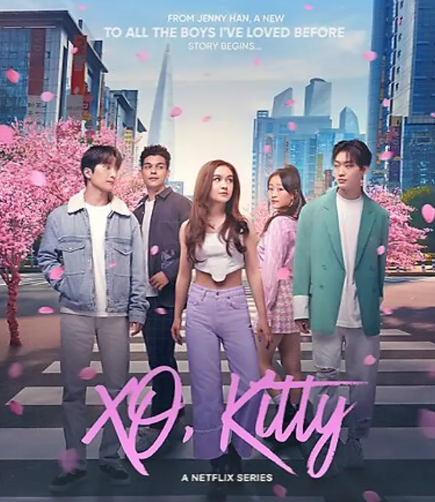
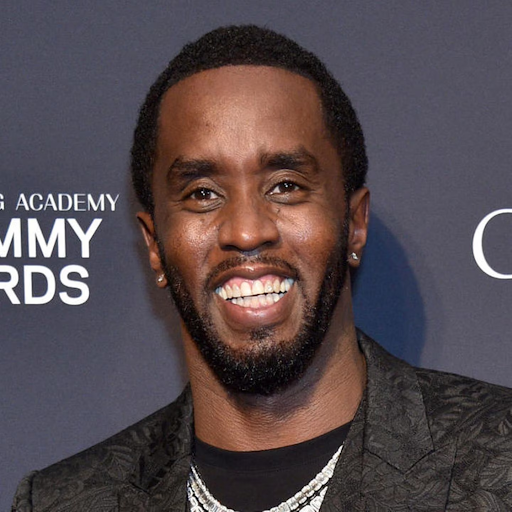



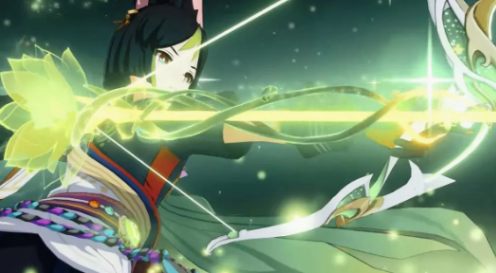








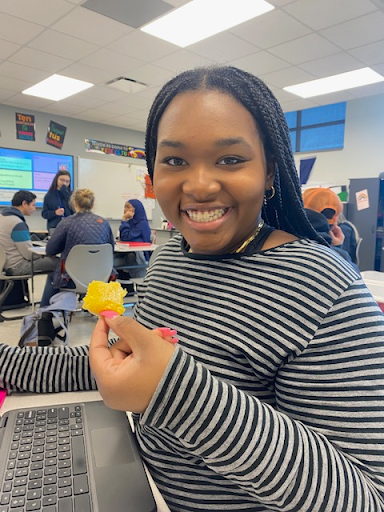




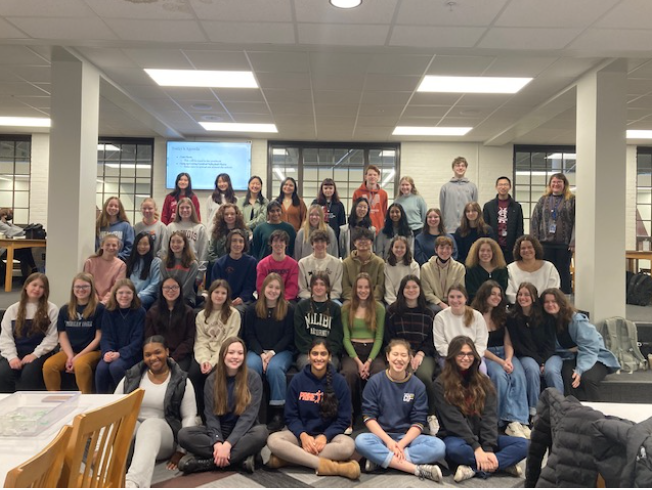







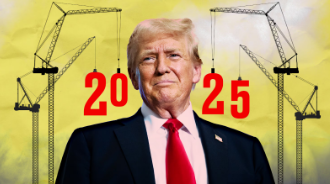




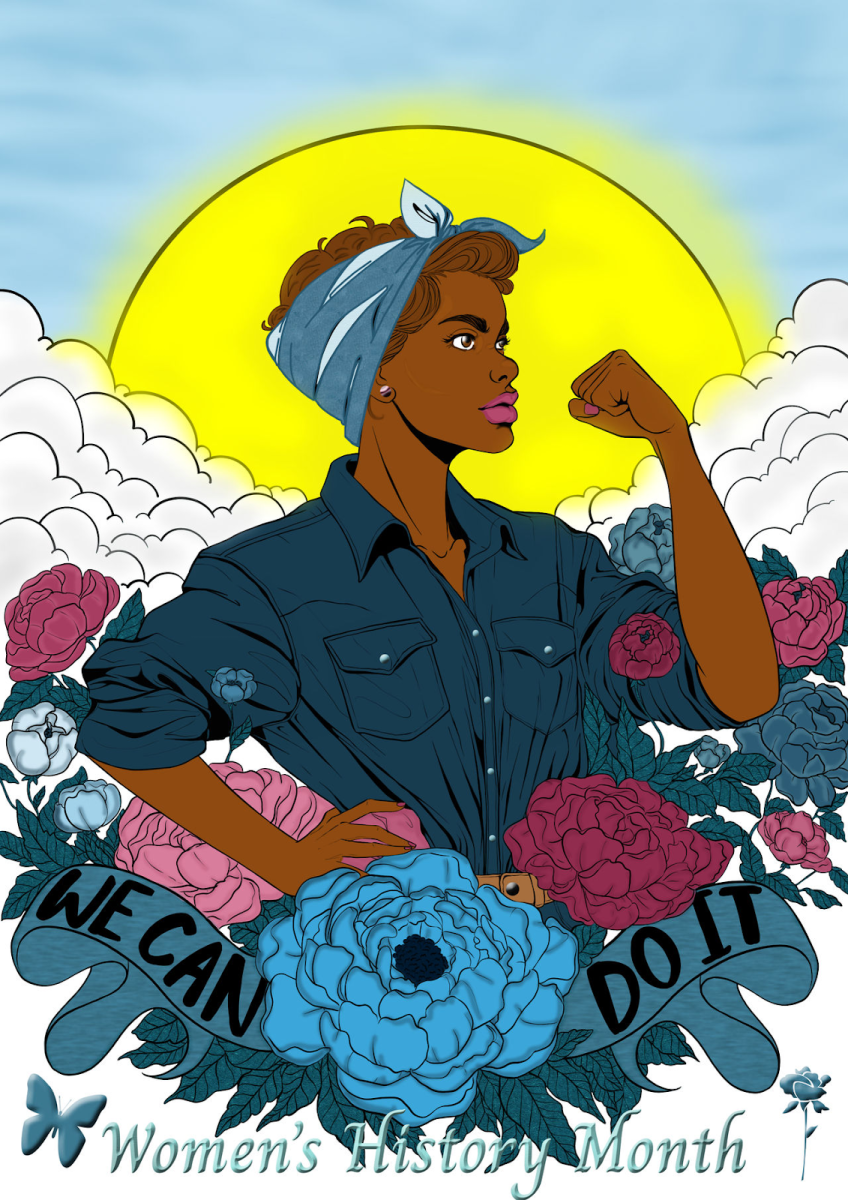
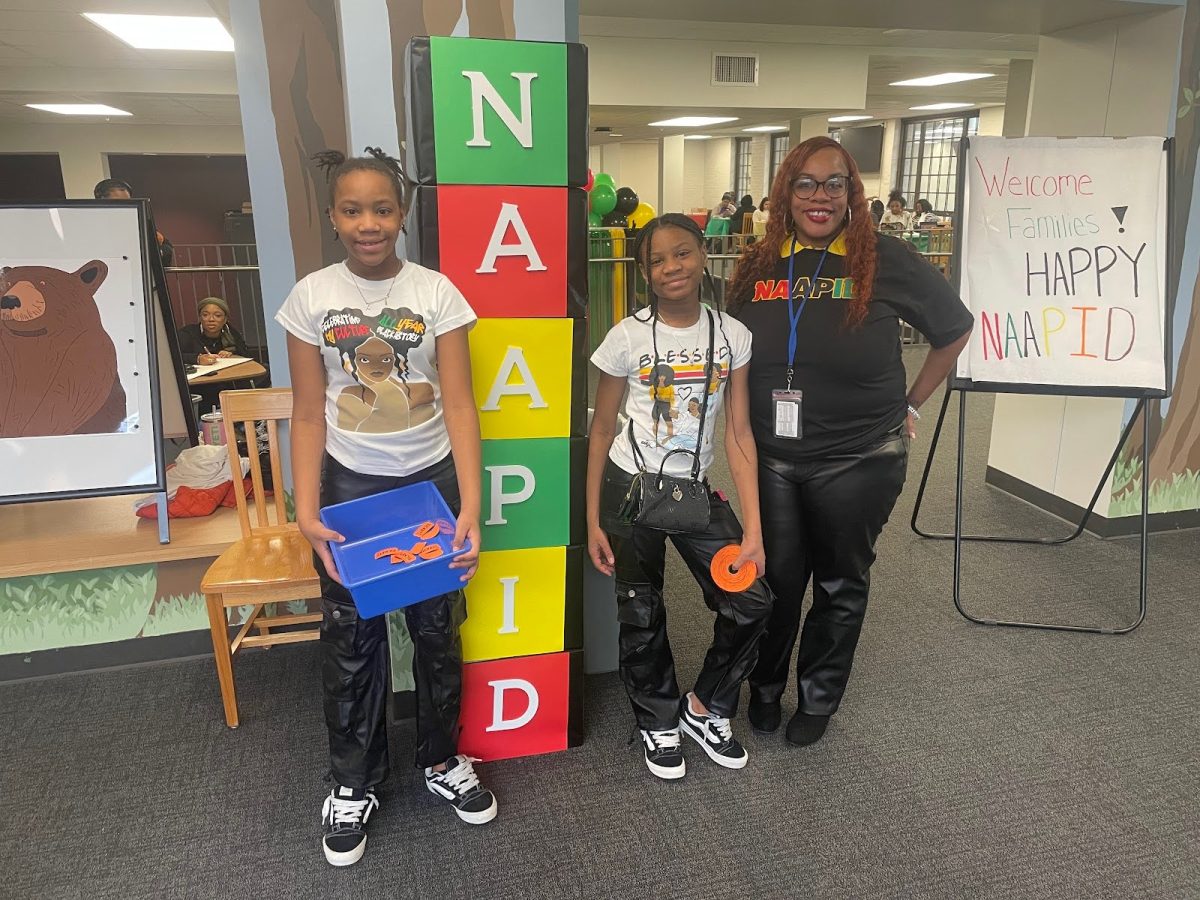









Bess Chamley • Dec 19, 2022 at 11:29 am
Fantastic article, Alex. Your insight into this movie is so impressive. Great Job!!